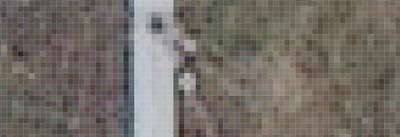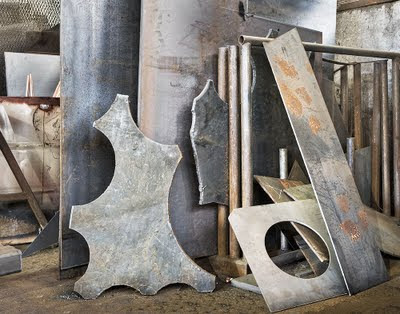Well, some print sales, some commercial photoshop work, an old inheritance that finally got sold (40 years later), and book sales, and I'm considering getting a Pentax 645D.
I have one on loan from The Camera Store for a couple of days, and will give it a bit of a workout. Have the 55 and 120 lenses on loan, have read the detailed review on digilloyd.com (you have to pay but well worth it for pointing out what to watch for), and managed to make a few shots with it this afternoon.
It really is a photographers camera - with all the right controls. It did take a while to find the self timer (via the drive button - so very easily accessed) and I have yet to figure out how to switch from one card to the next (camera holds two SD cards).
The real issue is going to be living without live view, upon which I have come to rely so very much. On the other hand, the viewfinder is great and I had no difficulty using it with my glasses.
Neither is a great shot, but for the amount of time I put into it, about what you'd expect. Now, whether either is any better for being photographed with the 645D is a whole other matter.
Worst case scenario is Canon comes out with an equivalent camera, featuring a cmos sensor and live view, a tilting lcd (or wireless connection to either ipad or iphone) and that allows me to use my current lenses.
I doubt my current lenses (mostly zooms) are going to hold up at this pixel count. That would mean a new series of lenses - almost certainly thousands of dollars each. I'm planning to get some used pentax lenses - I can get a complete set for $2000 (35, 75, 120 macro, 200). Granted they aren't autofocus but I never use autofocus anyway.
Canon having disappointed many with the low pixel count of the 1dX, I figure I'll get a fair part of my money back if I sell within the next two years.
What I noticed photographing today was two things - in the past, if my camera was a bit low or a bit high, I could still easily use live view on the Canon 5D2 where today I had to stretch to reach up and look down through the Pentax. This might actually mean keeping a stool in the car. From prior experience, an angle finder doesn't solve the high camera problem.
Mind you, the two best shots I have made in the last couple of months were both within 100 yards of my car - so a step stool would be very practical (hell, I could even sit on it for low shots and give my old knees a rest).
Why "waste" $12,000 on better equipment when the 5D2 is already pretty damn fine?
Well, twice this year, selling images has been compromised by the limitation on print size. There really isn't any other reason to go to such expense, when even a Canon Rebel can make fantastic prints, albeit just not as large.
I still stitch with the 5D2, but stitching, focus blending and doing HDR all at the same time is just mind boggling.
Will I return the Pentax because of missing the live view? Not sure yet. Will head out tomorrow shooting and see if I can resolve the question.
One thing I have thought of to aid focus blending without having live view is to take a couple of small plastic clamps (hardware stores sell them in packs of 20) and modify it so it grips around the lens, and has a pointer on one of the two finger grips. I'll get the framing right (which means right tripod position) then focus the centre spot on the nearest part of the subject. Then I place the lens clamp/pointer so the pointer is aiming straight up. I then move the camera so the furthest position is in focus, and place a second pointer, or a second part of the first pointer vertically.
I reframe the subject, turn the lens so the first pointer is just past vertical (so I am sure I caught the whole range of focus), and shoot a series of images until the second pointer is just past vertical.
In practice, today I just used the bright viewfinder to focus on near and kept checking till the far was in focus I found the near easy to focus manually, the far a bit harder. In neither case did I use the Pentax's built in focus check for manual lenses, and I'll check that out tomorrow.






















































